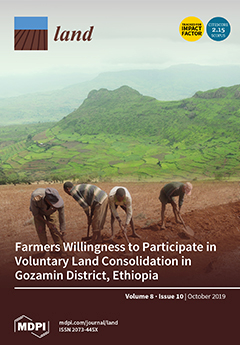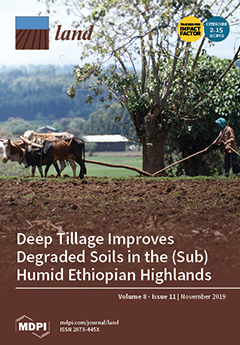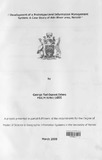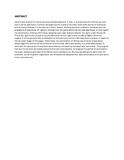Interactive Relationship among Urban Expansion, Economic Development, and Population Growth since the Reform and Opening up in China: An Analysis Based on a Vector Error Correction Model
Based on cointegration analysis, a vector error correction model (VECM), and the impulse response function method, this paper empirically analyses the interaction among urban expansion, economic development, and population growth in China from 1980 to 2016. The results show that (I) there is a long-term equilibrium relationship among urban expansion, economic development and population growth, but there is an imbalance in the short term. When urban expansion deviates from the long-term equilibrium, it cannot be restored to equilibrium in the short term.








